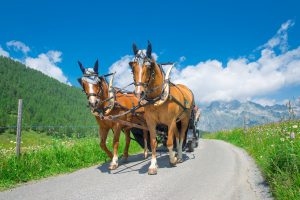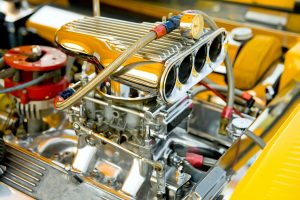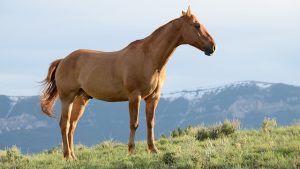We’ve all heard of horsepower (hp) – an imperial unit of power commonly used to measure the power of car engines. But why was this unit of power called horsepower in the first place? This post will look at the origin of horsepower and how it’s used today.
A Background Study On The Origin Of Horsepower
If we look at the historical use of horses, they have been primarily used as companions that transport goods, assist with heavy labour and are modes of travel. These roles reflect horses’ natural abilities of strength, agility and endurance that far exceeds other domesticated animals. Horses are now known as a vessel of power, they can work long hours, move heavy goods and travel at high speeds with ease.
The term horsepower was first adopted in the 18th century by a Scottish engineer, James Watt. Watt set out to compare the output of steam engines with the power of a draft horse. The steam engine was one of the first machines developed that could potentially replace the horses as workers. So, an accurate comparison was needed to establish which was stronger, more durable and efficient; the horse or the steam engine?
Watt designed a machine (also known as the original treadmill) that used a working draft horse that pulled a weighted mill wheel. Watt discovered that a horse could turn the mill wheel 144 times in one hour. The wheel was 12 ft. in radius and the horse pulled the weight of around 180 pounds. Watt then used these calculations to compute the rate of work at a specified time; horsepower.
Horses have been a great contribution to making human lives easier, and have been the inspiration of many inventions and technological developments that we use every day. In fact, the first machines powered by horse innovation and the understanding of horsepower include grain grinders, feed cutters, corn shellers, threshing machines, silo blowers, pumps, and saws.

James Watt on his inspiration behind calculating horsepower:
“So that an engine which will raise as much water as two horses, working together at one time in such a work, can do, and for which there must be constantly kept ten or twelve horses for doing the same. Then I say, such an engine may be made large enough to do the work required in employing eight, ten, fifteen, or twenty horses to be constantly maintained and kept for doing such a work…”
Watt then used the foundation of horsepower to create one of the first modern steam engines. This unit of measurement for power was later on accepted to the International Unit of Measurement as Watts (W), and with further study, 1 HP was then given an equivalent of 745.7 Watts.
Kinds Of Horse Powers And Conversions
There are now any terminologies that are associated with measuring power or a rate of a machine’s productivity using horsepower:
• Mechanical horsepower
• Metric horsepower
• Electrical horsepower
• Boiler horsepower
• Hydraulic horsepower
• Air horsepower
These horsepower definitions use the unit of measurement, horsepower (HP) with equivalent values in Watts that differ from each other. James Watt’s formula also then allows for the conversion from Watts to Kilowatts.
Example if 1HP be converted to kw and 1 HP = 745.7 W then:-
745.7 w X 1 kw/1000 W = 1HP
1 HP = 745.7 kw/ 1000 1 kw
1 HP = 0.7457 kw
James Watt helped highlighted how we can use the natural abilities of horses to influence modern technology. If you have any questions or fun facts about James Watt and the creation of horsepower let us know!






